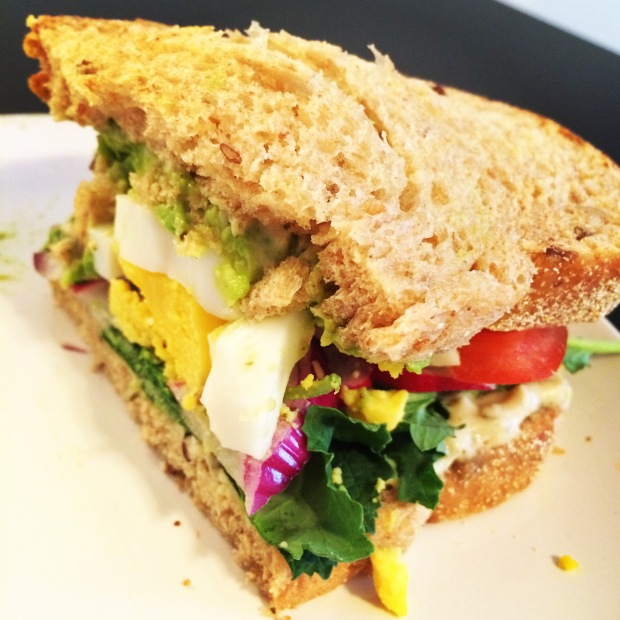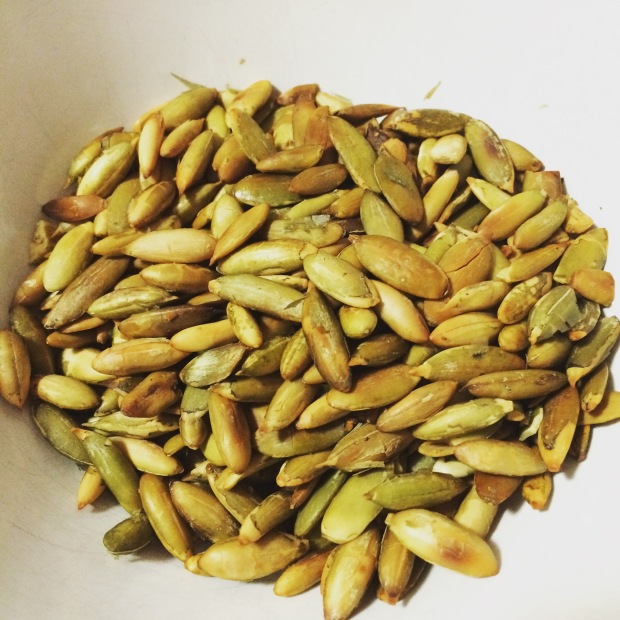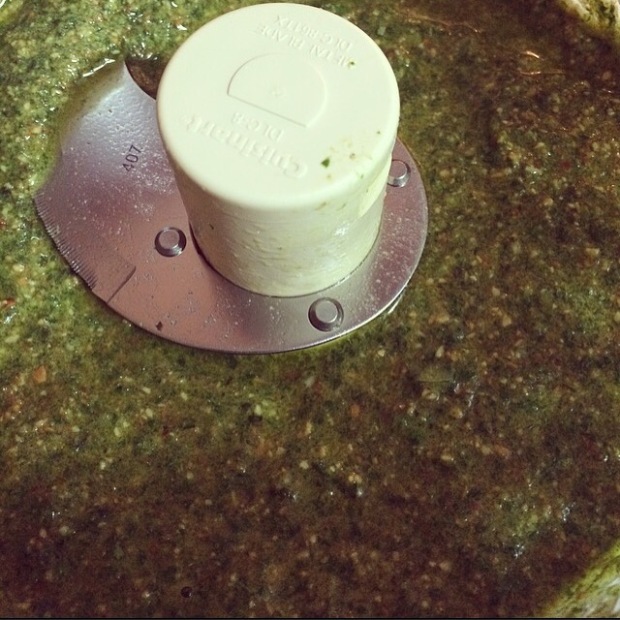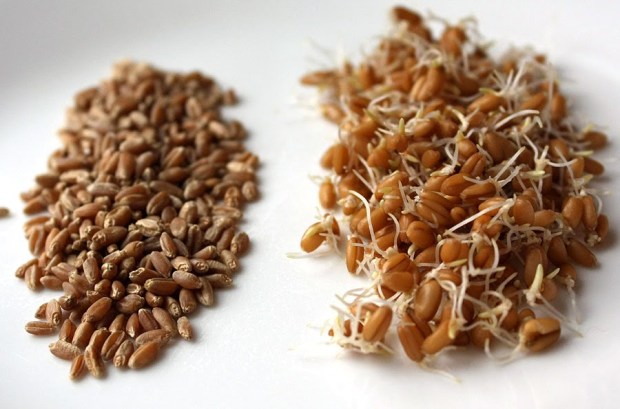A while back, THR’s Instagram account introduced you to The Real Egg Salad Sandwich. Well, yours truly thought it was high-food-craving-time to give you the details!
Look, I HATE when people try to make unhealthy recipes into healthy ones. It’s like, dude, if I want to eat tuna noodle casserole, let me eat the shit out of it. I don’t need a ‘tuna noodle casserole’ recipe which contains almond milk, non-fat greek yogurt and tofu shiritaki noodles. Ew. I’m an 80-20 girl at heart: give me a solid effort 80% of the time and spend the remaining 20% as you desire.
Me during my 20%:

ummm….moving on
Today I present to you The Real Egg Salad Sandwich. Not for the sandwich, but rather the idea. We can reinvent the foods we love in another form and they can be just as delicious, without being made up from an insane ingredient list. I promise.
The Real Egg Salad Sandwich
Makes 1 sandwich
Ingredients:
2 slices whole wheat bread
2 tablespoons hummus (your favorite)
10 leaves of baby kale
1 radish, thinly sliced
2 slices of red onion, broken apart
2 hard boiled eggs, peeled and sliced
2 slices of tomato
1/4 avocado mashed with 2 pinches of crushed red pepper
Directions:
This part is ridiculous. Um, assemble ingredients into a sandwich. I started with hummus, then kale, radish, onion, egg, and tomato. Slather avocado on other slice of bread and form sandwich.
Yeah. These directions were dumb…




